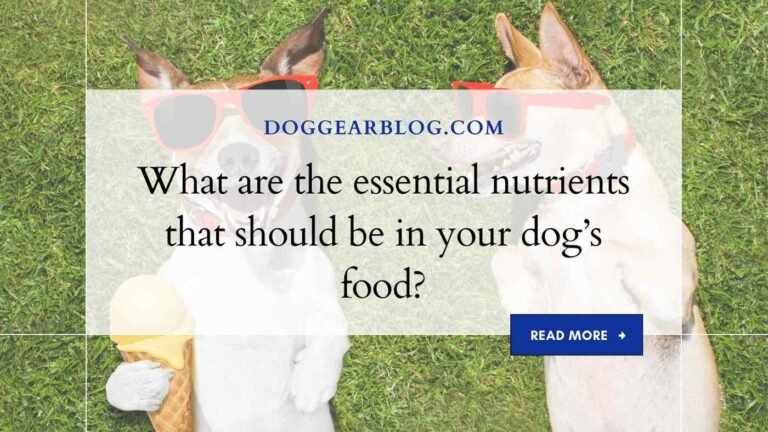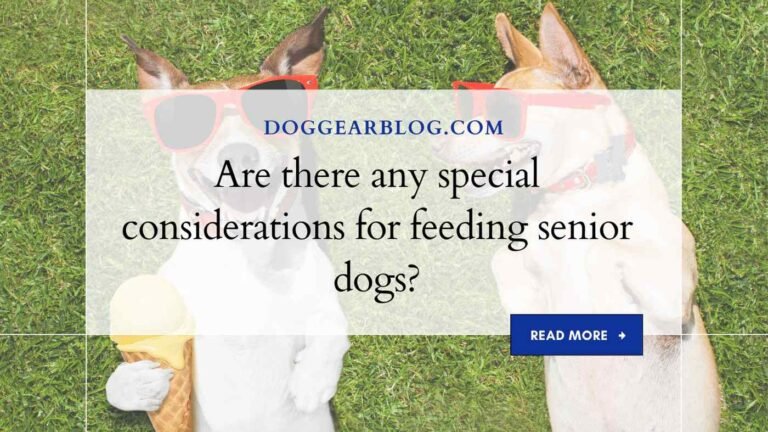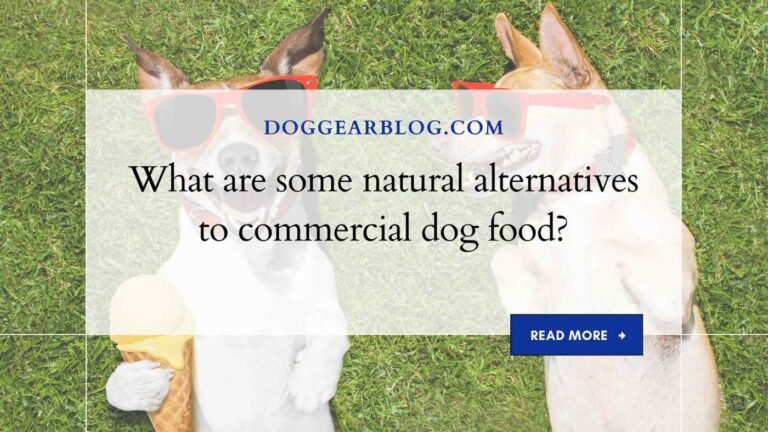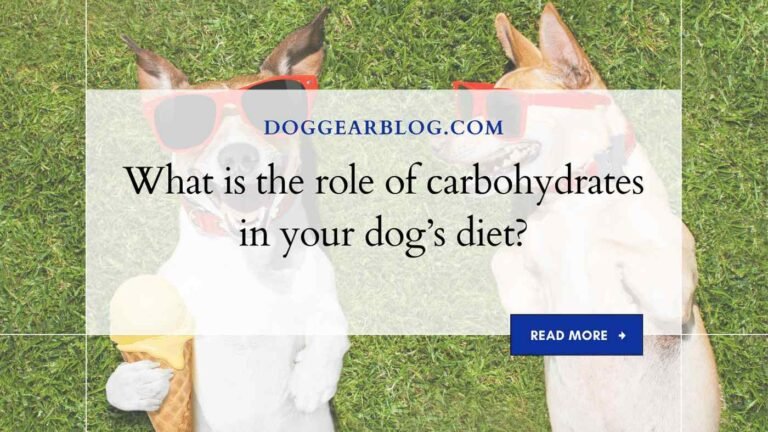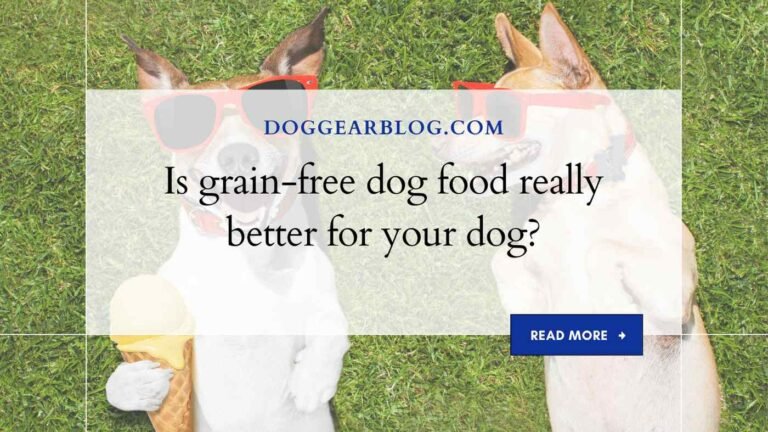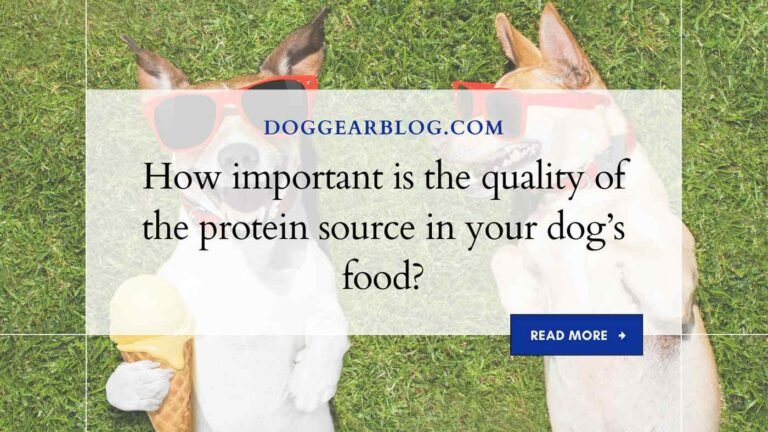How can you tell if your dog is getting all the nutrients they need from their food?
“Is your furry friend looking a little lackluster lately? Are you worried they might not be getting all the nutrients they need from their food? It’s common to wonder if our dogs are receiving the necessary nutrition, especially when it comes to their diet.
Unfortunately, our pups can’t tell us how they feel after eating, but there are some signs and tips that we can keep an eye on to ensure they’re healthy and happy. In this post, we’ll explore just how important proper nutrition is for your beloved pet and provide expert advice on how to determine if your dog is getting everything they need from their meals.”
The Four Basic Types of Feeding Dogs

There are four main types of feeding dogs:
1] Free-feeding, where the dog is allowed to eat whenever they want. This can be harmful because it can create obesity and excessive energy levels, leading to issues such as chewing furniture or other objects, digging, and fleeing from humans.
2] Rodentization, where the dog’s diet consists of a high level of protein and small amounts of carbohydrate and fibre. This type is recommended for working dogs that need a high level of energy but must be kept on a strict diet to avoid becoming overweight or obese.
3] Feeding schedules, which vary depending on the size and breed of the dog but generally consist of four meals each day with occasional snacks (usually those higher in sugar). This type is most often used in households with more than one dog because it enables all members to receive their nutritional needs without fighting over food.
4] Home-cooked diets, which are becoming increasingly popular among pet owners who want to give their dogs a healthier option than processed foods. These diets usually consist mostly of meat, vegetables, and fruit with very little filler or sugar and are supplemented with water or milk if needed.
What to Look for in a Good Dog Food
A properly formulated dog food will have a list of ingredients and a nutritional analysis. Ingredients will be grouped by animal protein, plant protein, carbohydrates, fiber, and water. The first number in parentheses is the percentage of the food’s total calories that come from that nutrient. The second number is the percentage of the Daily Value for that nutrient.
Basic guidelines for choosing a good dog food include choosing one with a lower number for fat and cholesterol, as well as an appropriate amount of protein (minimum 28% kcal/weight). Additionally pay attention to any allergies your dog may have and look for foods free of corn, soybean, wheat or other grains, as these can trigger reactions in some dogs. A good rule-of-thumb is to feed 1 cup per 20 lbs of body weight twice daily.
Why is a Good Diet Important for Dogs?
A diet that is healthy for people and dogs can be key to keeping them healthy overall. Ensuring that their diet is balanced, contains all of the nutrients they need, and includes plenty of biotic (nutrients found in plants) and abiotic (nutrients found in soil, water) components can help keep their bodies running smoothly.
Some of the nutrients your dog needs include vitamins A, B12, D, E and K; minerals like potassium, magnesium and calcium; and antioxidants such as vitamin C. Dogs also require more protein than many people realize. Protein helps build muscle mass and helps keep skin, nails and hair healthy. In fact, a pet food company recently declared that 50% or more of a dog’s daily nutritional requirement should come from quality animal-based proteins sources to ensure optimum health.[1]
Getting regular exercise is also important when it comes to maintaining a healthy immune system. A well-rounded exercise regimen helps burn calories which can help control weight in pets as well as in people. And finally, human food left on the floor is one of the top sources of germs for dogs.[2] Cleaning up after your furry friend will help prevent them from picking up harmful bacteria from the ground while also helping keep your home clean!
The Four Levels of Nutrients in Dog Food

There are four levels of nutrients in dog food: macro, micro, trace and minerals.
Macro nutrients are the most important and make up the bulk of a dog’s diet. They include proteins, carbohydrates, fat and fiber. Carbohydrates are used for energy and help to keep a dog healthy and happy.
Proteins provide essential amino acids that help to build muscle and bones, while fats provide essential fatty acids your dog needs to maintain their coat and healthy skin. Fiber is valuable because it helps to keep your dog’s intestine clean and can also encourage regularity when fed in conjunction with other foods.
Micro nutrients play an important role in sustaining health on a cellular level. These nutrients include vitamins, minerals and water soluble vitamins (like A, D, E and K). Vitamins help stimulate the body’s natural defenses against infection while minerals like potassiumhelp regulate blood sugar levels and keep muscles functioning properly. Water soluble vitamins can belost through contact with moisture so feeding them in tablet or liquid form is helpful for dogs that have trouble eating solid foods.
Trace elements play an important role in connecting enzymes to DNA so that cells can reproduce properly. Trace elements also bind to toxins so they can be eliminated from the body rather than stored in the tissues where they can cause damage over time.同时还要注意盐分和精神食物来源国。
The Importance of veterinarians in feeding dogs
It’s not just about the food. Every dog has different dietary needs that must be met for them to be healthy. To ensure that your dog is getting all the nutrients they need from their food, you will need to have a veterinarian on your side when making food choices.
Vet practitioners can help determine whether your dog’s diet is balanced and if any deficiencies are present. They can also provide tips on how to customize their feeding regimen based on the individual pet’s weight, activity level and cooking preferences.
In addition to providing nutritional advice, veterinarians may prescribe medication or recommend corrective measures if there are any health problems associated with malnutrition or obesity. So it’s important to work with a professional when picking out food for your dog, as improper nutrition can lead to serious health issues down the road.
The 4 types of food your dog needs
Dogs need four types of food to stay healthy: a dry diet, a wet diet, a protein diet, and a carbohydrate diet. Wet food is the most popular type of food for dogs because it’s easy to prepare and provides lots of moisture and nutrients.
Here are more details on each type of food:
1] Dry Food
Dry food is the most basic type of food for dogs and typically consists of Kill Cow or other low-fat proteins, complex carbohydrates, and fiber. It’s important that your dog gets all the nutrients they need from their dry food because it contains no water content which means that the dog can’t drink enough water to stay hydrated.
2] Wet Food
Wet foods are made up of mostly water but also contain high levels of proteins, carbs, and fats. Dogs like wet foods because they help them absorb water and nutrients better since the food is already moistened. Wet foods also tend to be higher in calories which can help your dog maintain their weight.
3] Protein Diet
Dogs need four essential amino acids – arginine, lysine, histidine, and cysteine – which are found mainly in animal protein sources such as meat, poultry, fish, eggs, dairy products etc. A good quality protein diet will provide your dog with all the necessary amino acids so that their muscles can function properly.
Conclusion
Dogs are omnivores, which means that they have a diet that is made up of both plant and animal-based material. While dogs will eat whatever their owners give them as food, there are some things that should not be in their diet, such as bones and rawhide.
Additionally, if you notice your dog has been having trouble maintaining their weight or looking fit and healthy overall, it may be time to switch up their canned or kibble food with one high in moisture content and fiber. This will ensure that they are getting all the nutrients they need from their food.

